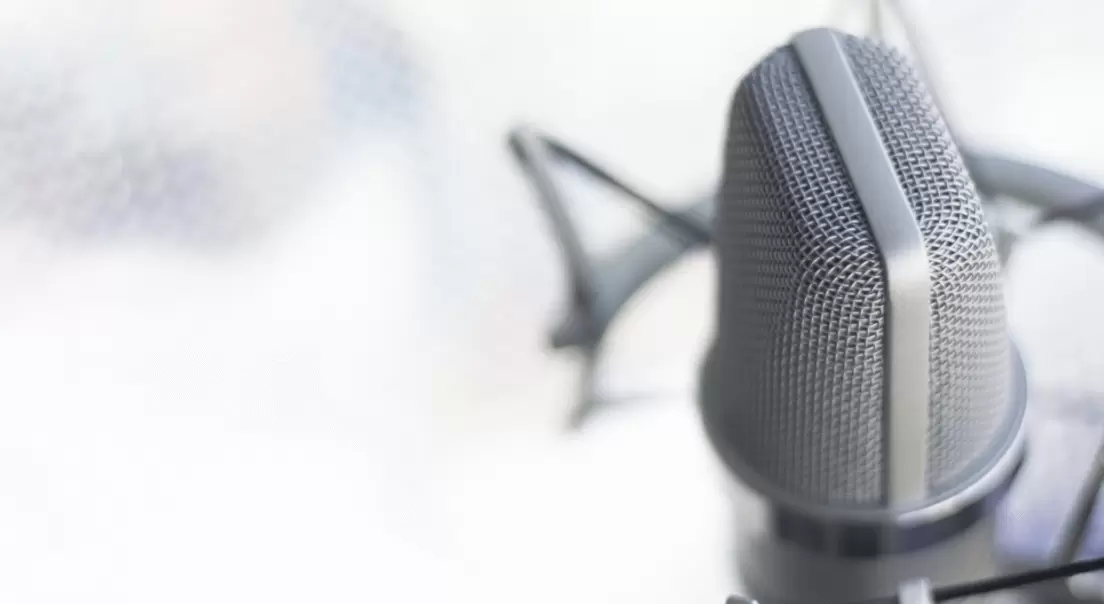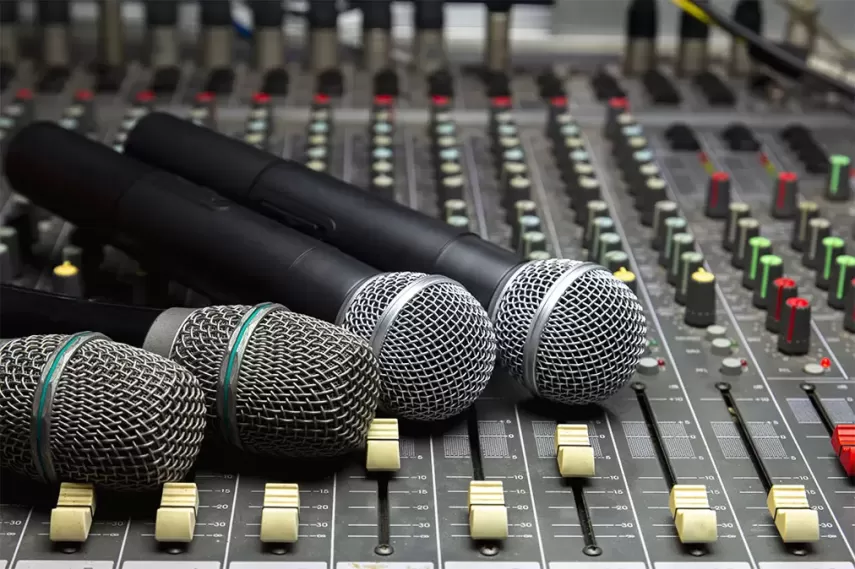In its simplest form, a sound system works by converting sound waves (physical energy emitted in air or some type of medium) into electrical energy, increasing the power of electrical energy using electronic circuits, and then converting this resulting electrical energy into physical energy in the form of sound waves.
Devices that convert energy from one form to another are called converters. Some examples of common transducers are speakers, microphones, contact receivers, and headphones. Audio systems Microphones and contact receivers (input converter types) convert fluctuating sound waves (physical energy in the air or other medium) into an electrical current, which is an analog representation of the original sound wave. In other words, if a large mass of air produced by a drum is picked up by a microphone, a large electric current will represent this air mass. Speakers and headphones (which are actually mini speakers) convert the electrical signal back into physical energy.
Audio systems, Devices that actually amplify and change the characteristics of the electrical audio signal are called signal processors. In its simplest form, a signal processor amplifies the power of the electrical signal (from the microphone to the speaker). One such signal processor is an amplifier. Address systems often include many more types of signal processors that are used to manipulate any number of different audio signals.

Audio Systems Some Input Converter Examples:
Air pressure or velocity microphones: Converts sound waves traveling through the air into an electrical signal that passes, for example, over a microphone cable.
Contact receivers: convert sound waves traveling through a medium (wood, metal, leather) into an audio signal.
Laser receivers convert patterns of pits and bumps printed on a DVD, CD, LD or MD into a digital data stream and then converted into an analog audio signal.
Optical receivers convert intensity or light changes in a tape of photographic film into an audio signal
Some Output Converter Examples:
Speakers (woofer): designed to reproduce low frequencies. A woofer speaker works exactly the way a dynamic microphone works, but in reverse.
Speakers (midrange): specially designed to reproduce mid frequencies.
Speakers (tweeter): designed to reproduce the highest frequencies.
Headphones: full-range transducers designed to fit on-ear or in-ear.
Some Signal Processor Examples:
Mixing Console: In its simplest form, a mixing desk (in its electrical form) takes multiple inputs and aggregates the signals into multiple outputs (still in electrical form).
Equalizers: Equalizers are units that affect certain parts of the frequency spectrum by increasing (gain) or cutting (attenuation).
Reverberation: Reverberation is defined as the phenomenon that occurs during the reflection and amplification of sound waves; This phenomenon occurs naturally in almost all enclosed spaces.
